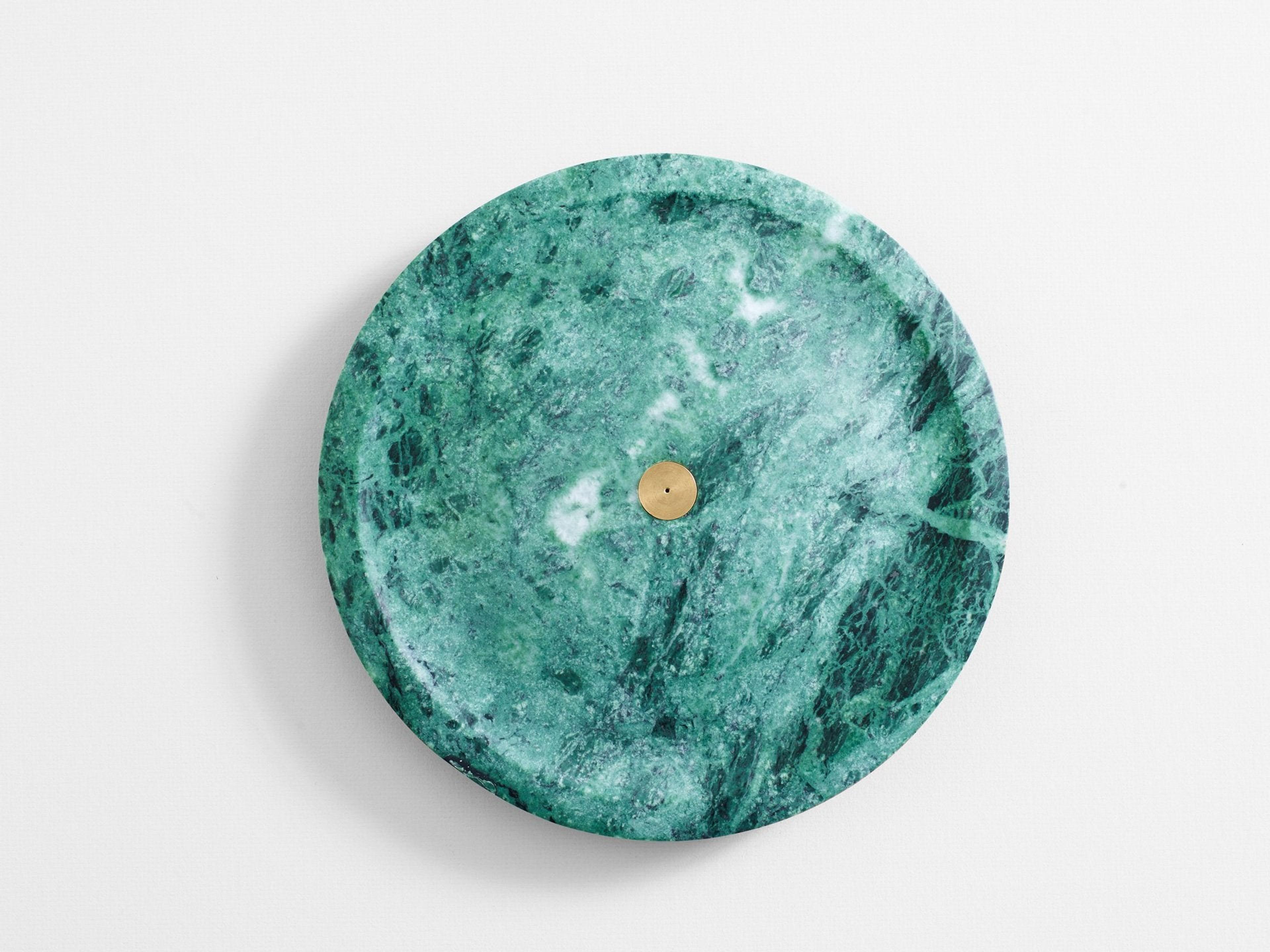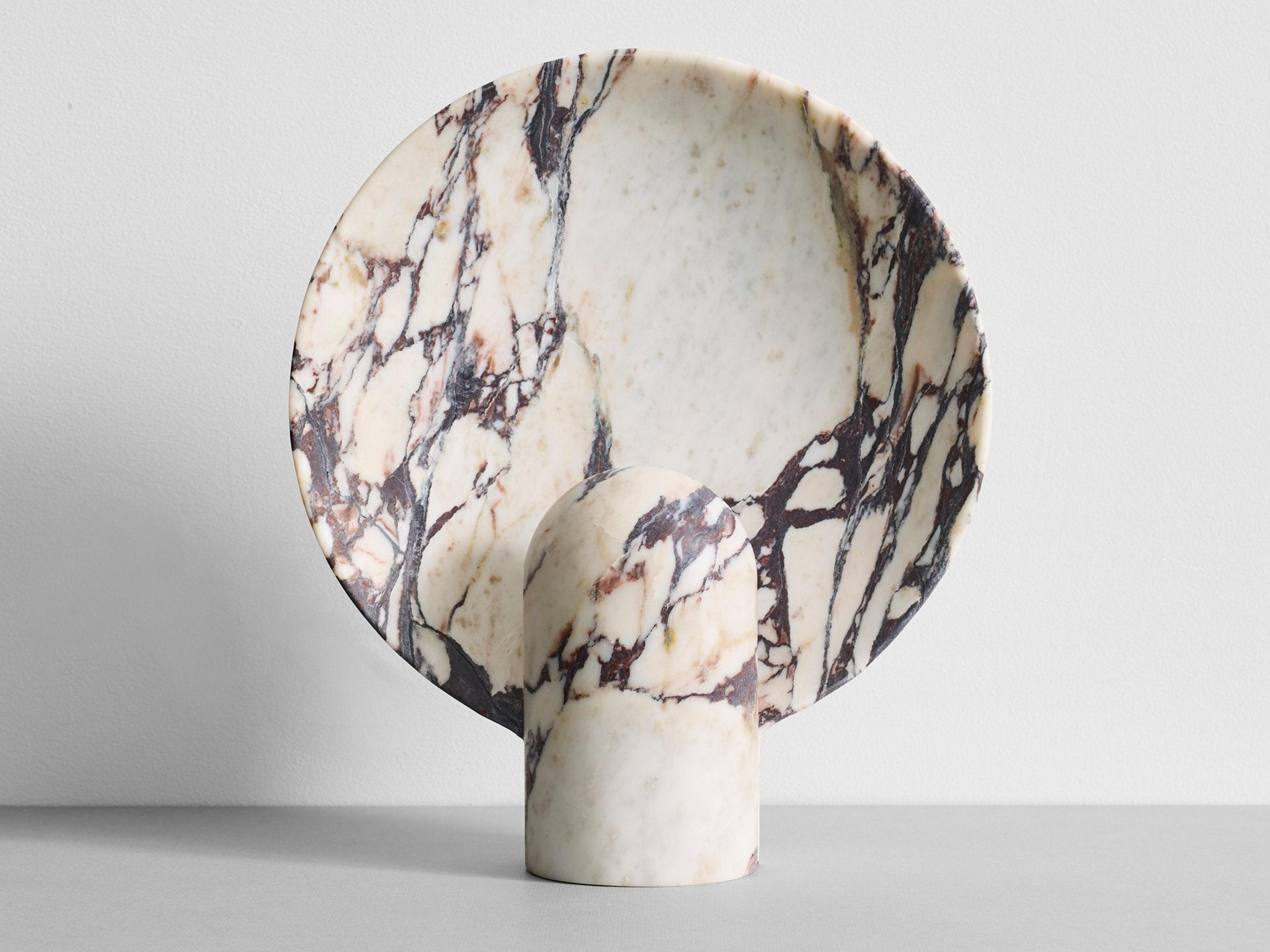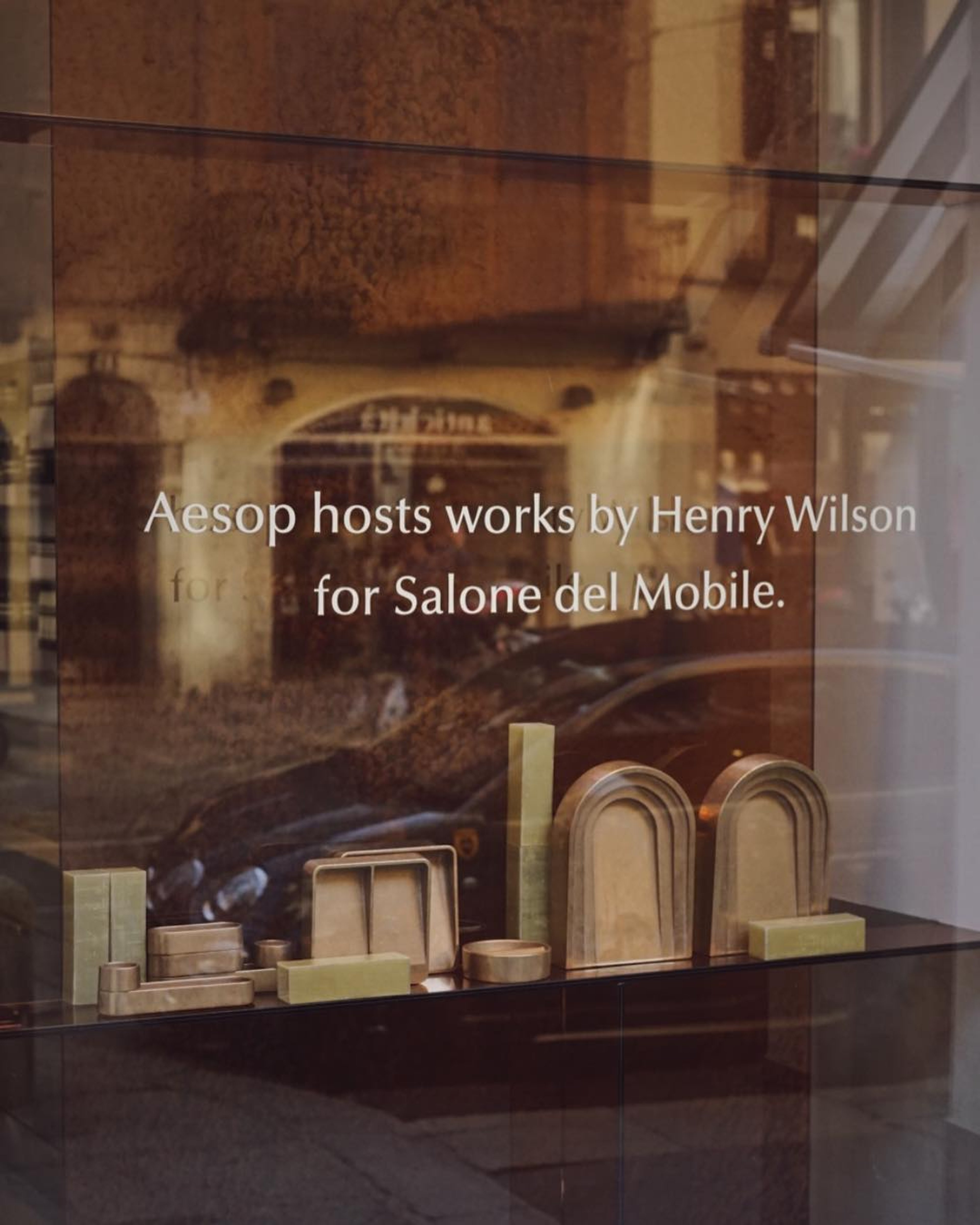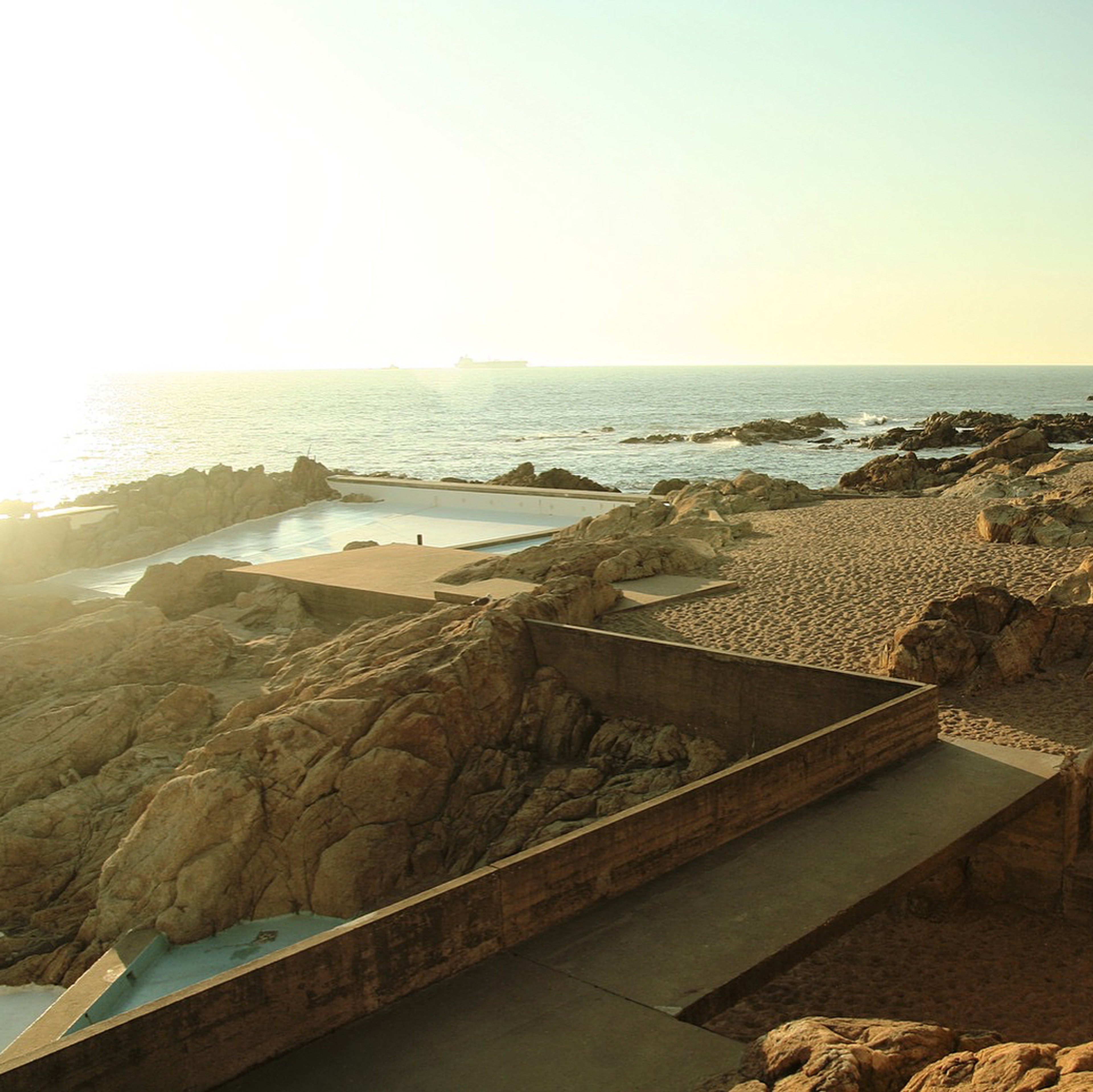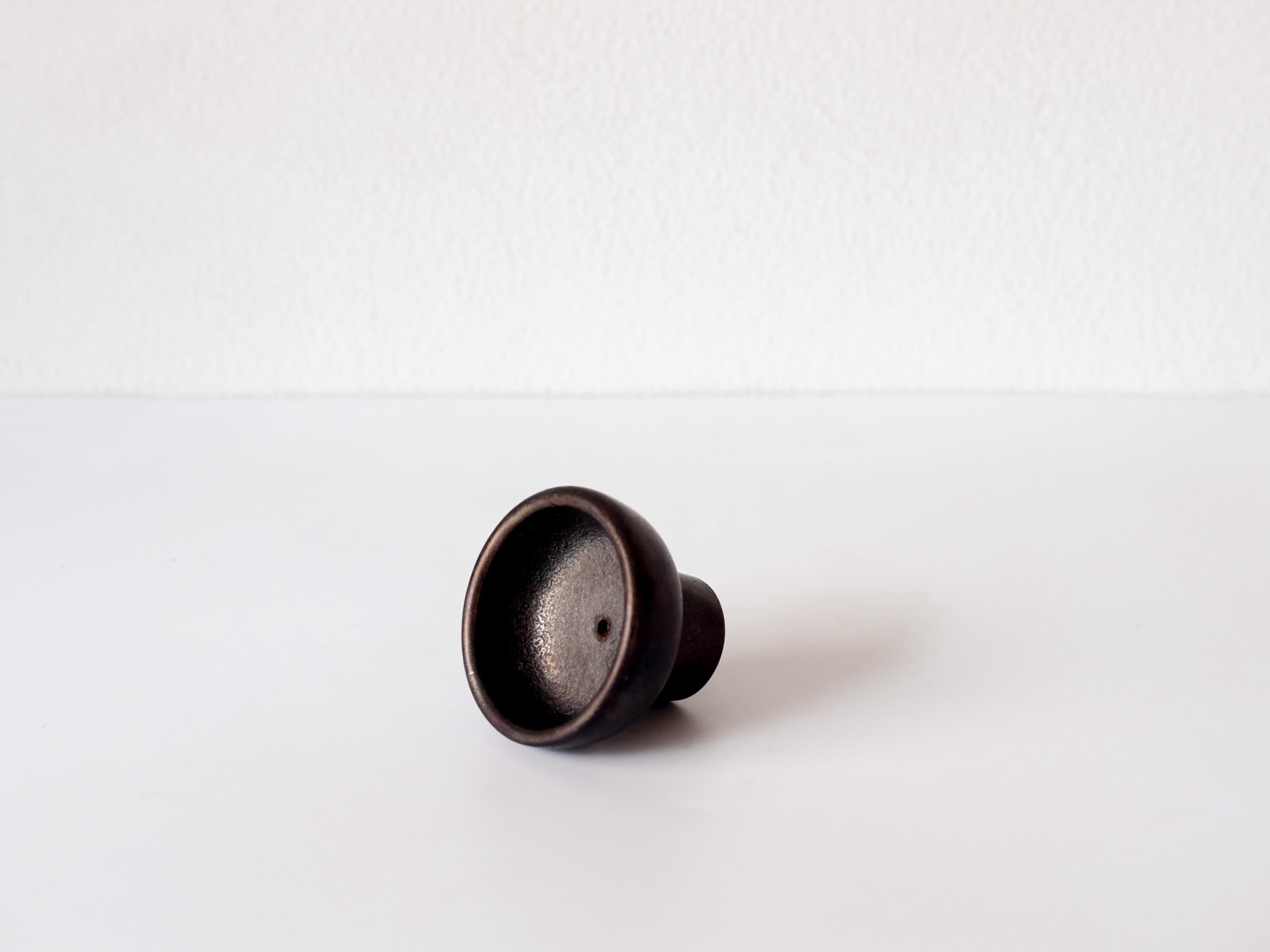Studio Henry Wilson
“I try to work in a way that things can be repurposed; they don't try to fashionable.”
Studio Henry Wilson
by Henry Wilson
Henry Wilson
Studio Henry Wilson
Henry Wilson is a Sydney based designer, a traveller, a considered creator and man who has mastered the art of balancing form and function in perfect unity. It sounds like a strange contradiction, but Wilson’s raw, almost brutalist pieces are statement pieces in the way that they’ve been crafted not to make a statement. As a designer, Wilson worships the democratic ideologies of usefulness, resourcefulness and the beauty in the bareness of the industrial process. He’s collaborated with Aesop, crafted stunning furniture, and created a table joint system that redefined contemporary utilitarianism.
Wilson's Beginnings
Wilson’s upbringing is endearingly regular; he’s a product of Australia’s inner city cultures “I grew up in Paddington, central Sydney. I went to university in Canberra when I was 18,” he says. But his hunger for studying design was the catalyst for his global adventures, “I spent a year in Canberra, then went on exchange, and studied at the Rhode Island School of Design. I was only there for six months, but that’s what lead me to do more industrial design. Before that, I was very much into furniture making. I guess that’s what spurred on my design ideas.”
“My mother was an architect” he admits when quizzed about his family lineage in the world of design. “She didn't practice for very long, but it was formative in her aesthetic.” Getting to know Wilson a little better it’s clear that he and his mother share very similar ideologies, “she travelled a lot and has a great eye” he explains “so I think those things were very formative for me. There was always real interest in furniture design, and it’s something that really fascinated me.”
After travelling a little, on what he described as a ‘self-guided design pilgrimage,’ Wilson went back to school one final time, this time though he enrolled in Design Academy Eindhoven, in Holland. He was attracted to the institution which holds cult status in design circles because he explains, “it’s an institution known for its conceptual approach to design.”
Getting his Masters in 'Man and Humanity' in Design Academy Eindhoven, Netherlands, was another turning point for Wilson, in terms of what he wanted to do with his career. It was where he explains “I got my formative concepts for starting my own studio. That was the most potent time for me. In large part, because it was the last bit of education I did before going out to start my own things as well.”
Spurred on by an overflowing well of ideas, inspirations, and libraries worth of knowledge, Wilson went out on his own to launch Studio Henry Wilson.
“I always try and think about how long a product can last, and its recyclability”
Design Philosophy
Wilson is a creator who genuinely considers both design and usability in equal, carefully balanced measure. When speaking with him about his ambition for the pieces creates, the main constant is more than anything he wants his pieces to outlive him, no matter form or function that may take.
“I always try and think about how long a product can last, and its recyclability, [I ask myself] am I fusing a lot of materials together to make something, that will ultimately be difficult to recycle?”
How he blends materials or doesn’t for that matter is just as important as his products’ final form. “A lot of the casted items are effectively one material so you can just take it to a smelter and turn it into something else.” For Wilson, that’s the dream.
“I try to think about how to be as untrendy as possible”
Utility
/Not fashion
While many other designers are trying to latch on to the most recent styles in the hope of getting featured in glossy magazines and revered online publications, Wilson is doing the opposite. “I try to think about how to be as untrendy as possible. I try to work in a way that things can be repurposed; they can fit in a variety of spaces; they don't try to fashionable.” He wants for his pieces to be the opposite, items that are “utilitarian so that they can have a life beyond just a moment in fashion. It’s always something I'm striving for.”
After travelling the world studying both in institutions and through self-guided research adventures, Wilson draws from an overflowing pool of design ideologies, but Japan has been a big inspiration for his design philosophies.
“I think there's a lovely consideration for the human aspect in Japanese design” he muses “there's a thought process there, you can feel it when you use a product.”
“There’s a little sparkle of genius when you see something that’s complex but crafted out of something quite mundane. You see these little moments of design ingenuity come from very humble everyday objects.”
Keeping it local
Looking closer to home, Wilson is also incredibly passionate about working with Australian creatives. “Locality really stands for something still” he believes. Even in a time when the world feels more global than ever, “local companies using local talent. I think that’s still so great”
“I’ve seen so many great companies emerge.” He says looking at his time in the creative community. “I like working with those companies because they are often flexible can move more quickly, they can adapt and evolve, and I think they’re all strong attributes and are great for emerging and established designers.”
Inspiration
Reminiscing on his childhood influences, Wilson reflects on how his love of practical, useful items has always been a part of his creative DNA ever since he can remember. “I loved cars, boats, transport, anything that was designed and used. It has always been a passion for me.”
Travel and inspiration are not two mutually exclusive entities; in fact, for many people, they’re so entwined that it’s almost a cliche. But when speaking about what inspires his work, Wilson’s attitude towards travel is pragmatic but also fascinating in its insightfulness.
Going back to Japan he mentions “there’s something about Japanese craft tradition that appealed to me. Especially from my previous experience in woodwork, that sort of training really influenced how I saw the handicrafts in Japan; the artistry is so evident. There was a strong bond toward that. I've visited Japan for lost of different reasons, but it’s been a country of particular inspiration to me personally.”
On a more daily level, the major inspirations behind Wilson’s bold, almost monolithic creations are undoubtedly interconnected with the earthy, but robust products that he uses. Stone, metals, they're items brutalist in their aesthetic, but completely organic in their creation.
“We just use a lot of materials as they come up,” he explains that he’s not typically hunting out anything in particular, but he is “always keeping an eye out for new materials.”
“I’m drawn to all raw materials; porcelains, leather, glass, steel - as a designer you repertoire should be the material that's fit for the purpose, so when people ask me what material do I like - I love the material that's right for the job.”
Siza Vieira pools Porto, Portugal - Wilson finds inspiration in nature and raw brutalistic man-made design
“I love for the things I create to have a lifespan that keeps going on, getting repurposed, reused”
photo by @mattvines
Design process
The process of creating a Henry Wilson product begins with conceptualising the space which it will inhabit. “I’m very interested in architecture and interior design, so there is certainly a way I think about the pieces and their place in an interior.” Wilson explores this philosophy a little deeper “I feel like that’s something that guides a lot of my choices - I think about what it would be like to live with these things.”
Musing on the more fast-paced world of design, Wilson’s attitudes go back to his ‘anti-fashion’ ethics. “I’ve only realised recently that a lot of industrial furniture design you see on fancy blogs and websites are attention-grabbing, and that’s great but,” he continues “I’m stuck with how unlivable those things are. They become items for the sake of making them. Sure they may be clever, but for me, it’s integral to consider will this fit in someone's home? Would they cherish it?”
For Wilson, that’s ultimately what it all boils down to - and he says “something I’m always trying to come back to - would I live with this item every day, would it enrich my life and my space?” That is his raison d'etre, and “that is an important question I ask myself.”
Aesop
One of Wilson’s biggest projects to date has been his collaboration with iconic Australian skincare brand Aesop. It’s a partnership that’s seen him transform a Bakery in Balmain, Sydney into one of the brand’s most written about stores.
He also designed Aesop’s first homeware piece, a sleek brass oil burner. When asked about the process between him as the company he explains “it’s a collaboration, but almost anything is in that sense, we [Wilson’s studio] are always working and trying , but they're [Aesop] coming to you for your interpretation of that. There's a good deal of crossover and discussion. Its been great with Aesop because they’ve given me a lot to work with, I think we've gotten a lot out of that relationship.”
Ultimately, it seems that for Wilson that his design process goes beyond the form of the product he’s created. A man keen on using an item or material to its full potential, he says “I love for the things I create to have a lifespan that keeps going on, getting repurposed, reused, that’s a lovely thought.”
Clean, utilitarian, brutally organic and really, truly one of a kind, Henry Wilson’s designs are as timeless, adaptable, and honest as the products from which he creates them.
